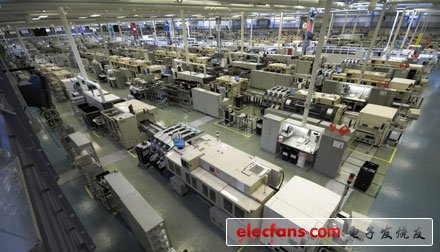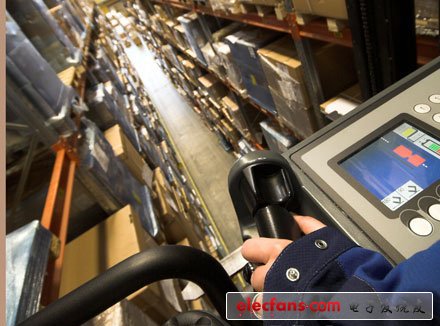This issue of the electronic enthusiast network for everyone to report on the production and logistics of Nokia, from which we can see that as the world's first mobile phone manufacturer, Nokia is not a name. In addition to coping with the ever-increasing number of handsets - Nokia will make more than twice as many mobile phones in 2006 as it did four years ago - the company has to face increasing customization requirements from mobile operators, and this change is The biggest change in manufacturing since the 1995 crisis. Due to increased competition among mobile operators, Vodafone, Cingular Wireless, T-Mobile and China Mobile are continually trying to add unique software and other features to their own mobile phones, hoping to differentiate them from other operators. So they asked Nokia and other mobile phone manufacturers to install special software before the phone leaves the factory. For Nokia, this means reorganizing his production and dividing production into two distinct parts. The first is the most time-consuming phase, in which Nokia makes the internal organs of a mobile phone, or "the engine." Like embryonic stem cells, these biological engines can be modified later and are capable of a variety of different tasks. Key advantage: The second phase, the phase of rapid change, is called the “assembly as required†phase. Nokia receives specific requests from specific mobile operators, then enters these specific specifications into their manufacturing systems, and then converts the original "engine" into thousands of finished handsets that meet custom requirements. Each phone may have a unique panel, such as the operator's logo on the phone panel, or some special keyboard buttons, allowing users to directly access specific wireless services. The software between different operators is different, such as different menus, interfaces, trademarks and different languages. Because of the need to control this complex process with the highest precision and quality, Nokia never outsources his handset manufacturing to other manufacturers. (Nokia sometimes contracts some smaller handsets to other manufacturers. This is mainly due to older handset models, which do not require customization and do not require prompt delivery.) And the opposite is true, Nokia will Manufacturing technology is seen as a key strategic advantage, and in large numbers, Nokia can produce mobile phones more efficiently than any other manufacturer in the world. The number is proof. Nokia spends an average of $88 on a mobile phone—although the actual cost range is very wide, ranging from entry-level phones that cost only $20 or less to multimedia phones that cost hundreds of dollars. Nokia’s average price for all phones in the most recent quarter was $130. It can be calculated that Nokia's gross profit is close to 33%, which is already the highest profit in the field of mobile phone production. The following will detail how Nokia produces mobile phones. Mobile phone manufacturing process 1 How to make a Nokia phone In his nine (to be ten) factories scattered around the world, mobile phone giant Nokia will make 325 million mobile phones this year, which means 10 per second, every hour of the day. This will not change throughout the year. Nokia is one of the largest and most successful manufacturing companies in the world. Despite the high degree of automation, the entire production process requires a lot of manual involvement. From the assembly of expensive components like digital cameras to the actual inspection and testing of finished mobile phones, to the final packaging of mobile phones, the participation of workers is indispensable. warehouse Every day, countless parts are sent to the Nokia factory. All the raw materials Nokia needs are actually from external suppliers: everything from memory chips and microprocessors to LCD panels, keyboards and plastic enclosures. These raw materials first arrive at the warehouse entrance dock, which is then loaded into huge storage areas by forklifts and cranes, which will later be removed due to different manufacturing requirements. Poe Adapter,Ubiquiti Poe Adapter,Carrier Poe Adapter,Poe Power Adapter Guang Er Zhong(Zhaoqing)Electronics Co., Ltd , https://www.geztransformer.com

